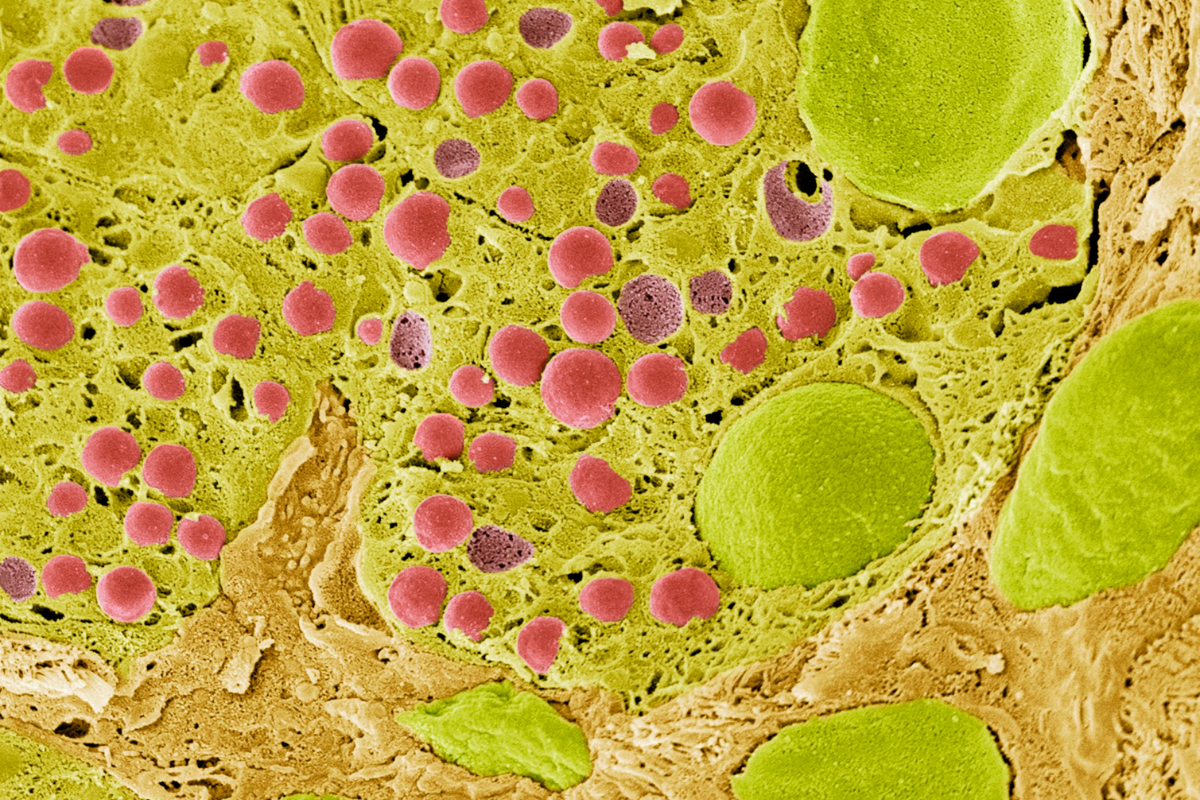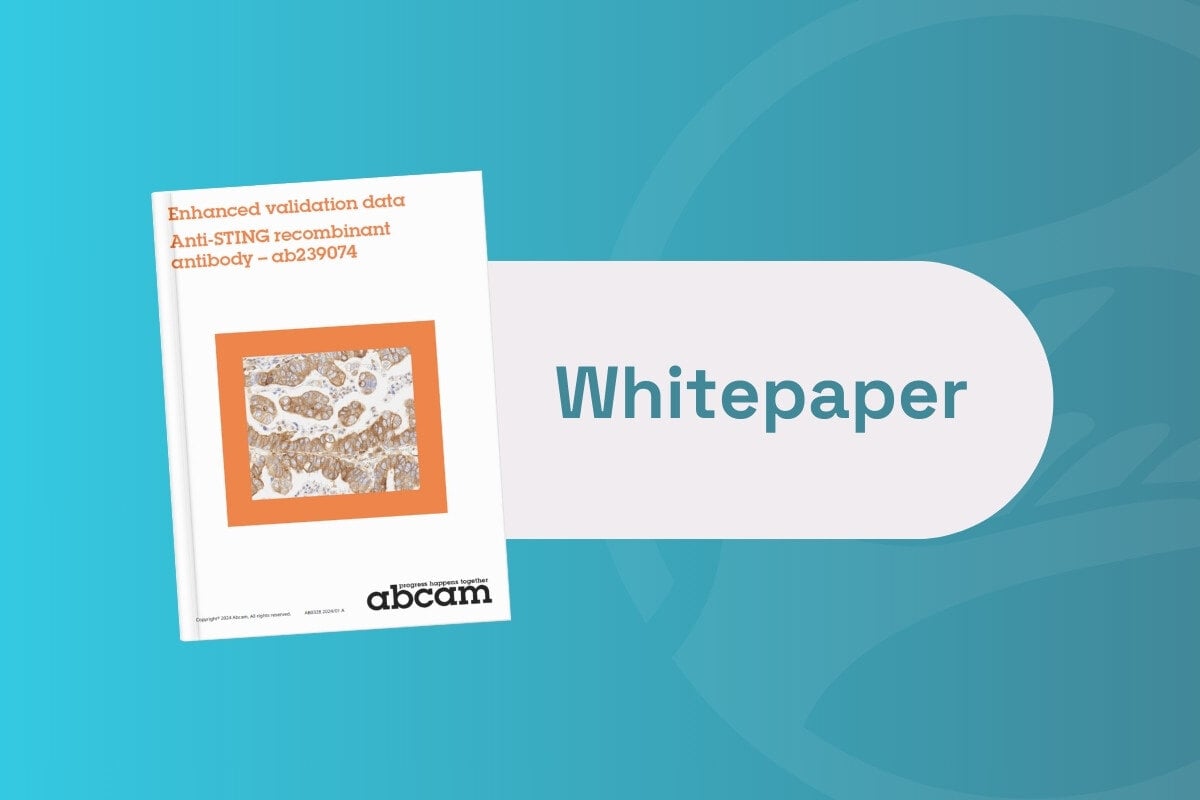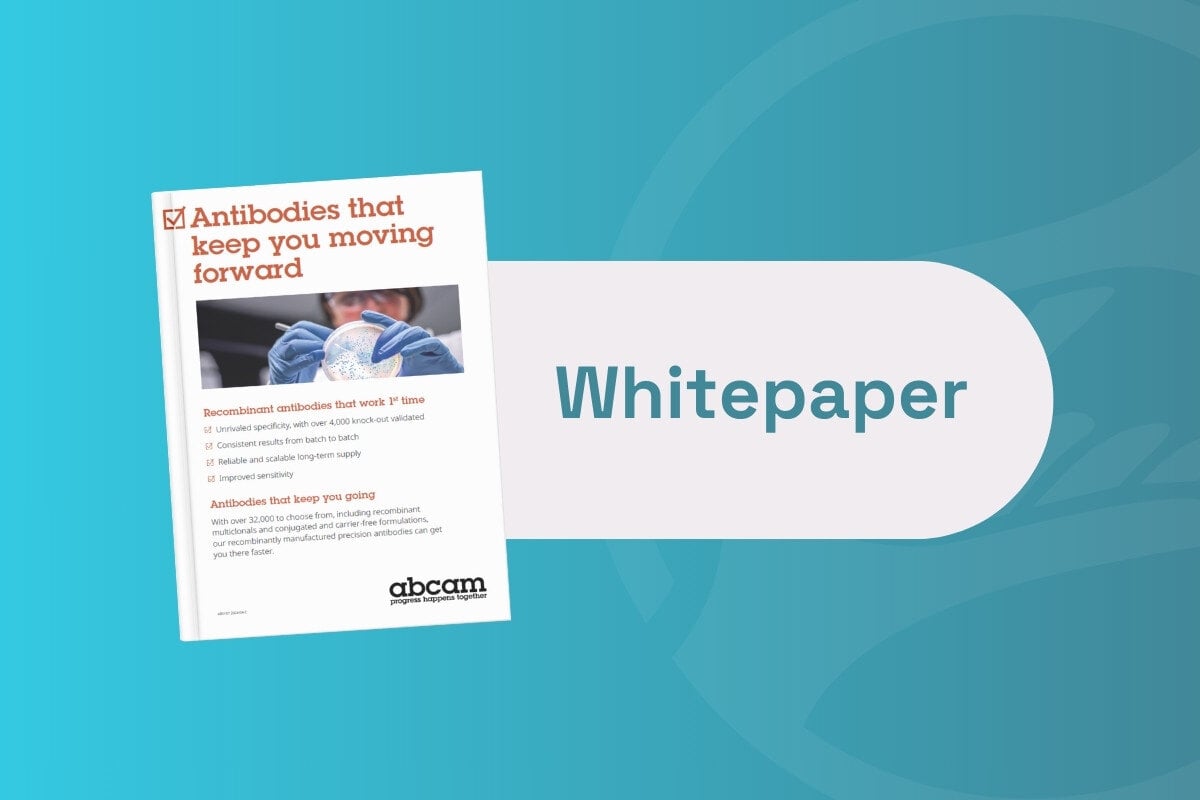Pianno: a Model for the Annotation of Spatial Transcriptomics Data

A team from Fudan University, Shanghai, China, have published a paper in Nature Communications, outlining a new tool for the 'semantic annotation' of spatial transcriptomics data. Pianno (Pattern Image ANNOtation) is "a Bayesian framework automating structural semantics annotation based on marker genes," says the paper.
Spatial transcriptomics has been able to provide detailed maps of gene expression within tissues which has been invaluable to researchers. But spatial transcriptomics on its own cannot fully explain the complex biology of a tissue.
In order to unlock the full potential of spatial technology, the biology of specific spots on the spatial map need to be identified and annotated. This annotation has long been difficult, usually done manually, requiring time and expertise.
RELATED:
- Post-Event Proceedings – Spatial Biology UK 2023
- Interview with Gabriela Kramer Marek, Associate Professor, Reader in Molecular Imaging at The ICR
- Spatial and Single Cell Transcriptomics Uncovers Mechanisms for Ischemic Stroke Recovery
Pianno is able to use pre-defined marker lists to categorise spots within a spatial view of the tissue into labelable areas like cell types and anatomical structures. It does this using pattern annotation – a process which the paper says is similar to 'semantic segmentation' and identifies the biological identity of a spot within a tissue.
The paper introduces its method of 'spatial transcriptomics semantic annotation'. The model takes the spatial transcriptomic data as inputs which includes spatial coordinates, raw gene counts, and one or more initial marker genes. The tool works on data generated using a variety of spatial transcriptomics techniques.
According to the paper, evaluation shows that Pianno is able to precisely annotate spatial characteristics including anatomical structures, tumour microenvironments, and cell type distributions. "In our evaluation, Pianno demonstrated superior performance when compared to state-of-the-art spatial clustering methods, accurately identifying patterns that closely resemble manual labeling."
The team hopes that automated labelling of spatial transcriptomic data can "enhance the interpretation of intricate biological systems by incorporating information from multiple dimensions."
The paper goes on to describe how, when combined with manual clustering approaches, Pianno was able to discover new insights into the evolution of cells in the brain. Authors state that they had uncovered "species-specific and region-specific presence of a subtype of neurons in deep L3 of the human neocortex, likely linked to the expansion of upper layers in the primate neocortex, particularly in regions associated with human- or primate-specific functions."
This insight emphasizes the utility of Pianno and its diverse possibilities, especially when combined with manual unsupervised approaches. Going forward, the team hopes to explore these use-cases more and in further depth.








